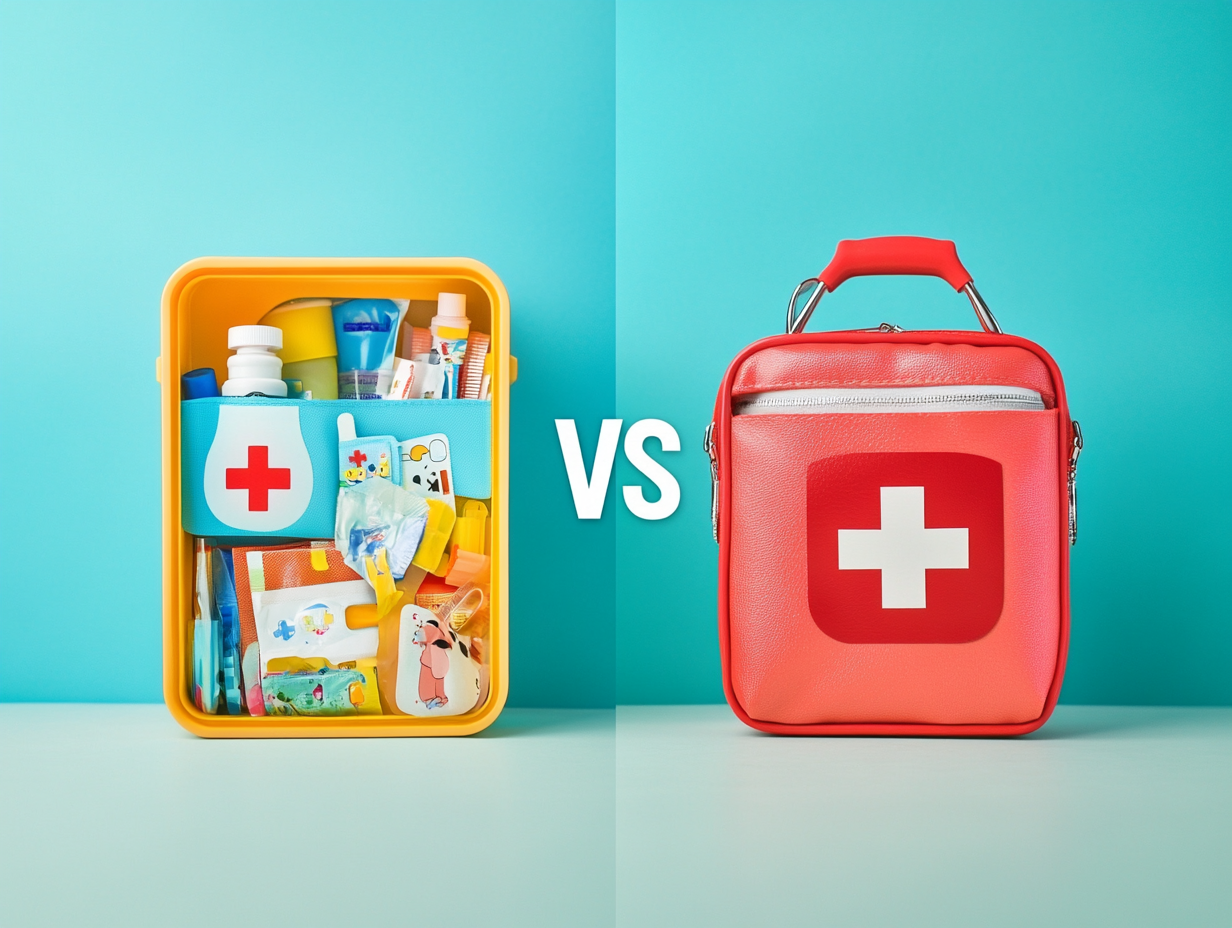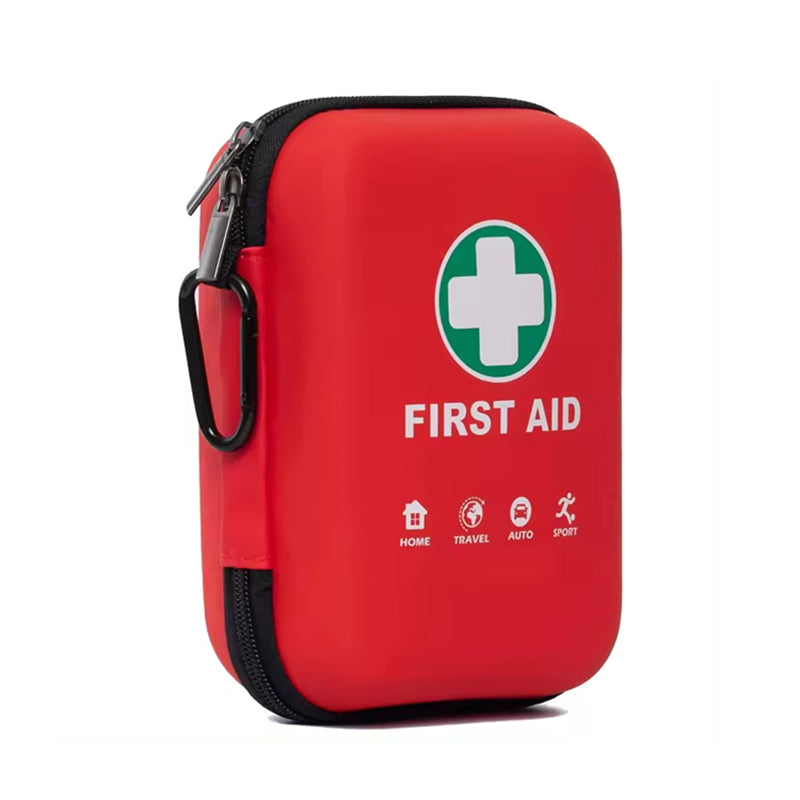Differences Between Children's First Aid Kits and Adult First Aid Kits

Introduction: The Importance of Children's First Aid Kits
Accidents are unpredictable, and both children and adults may face sudden injuries or illnesses. A first aid kit plays a crucial role in emergency response, providing essential medical supplies when needed.
However, many people may not realize that children's first aid kits differ significantly from adult ones, and children should not simply use an adult first aid kit.
This article explores the differences between them to help parents better prepare for emergencies involving their children.
Why Can't Children Use Adult First Aid Kits?
Children and adults have significant differences in physiological structures, bodily functions, and common injuries. Since children are in the developmental stage, their organs and systems are not yet fully mature, making them more vulnerable to injuries.
Using an adult first aid kit may lead to issues such as excessive medication dosage or inappropriate equipment size, which could cause more harm than good. Therefore, children require a specially designed first aid kit that meets their unique needs.
Differences in Treating Injuries
-
Skin Care Children's skin is more delicate than that of adults, with a thinner epidermis and less subcutaneous tissue, making them more susceptible to abrasions, burns, and cuts. Many adult first aid kits contain alcohol-based disinfectants, which may cause severe irritation to children's skin, leading to discomfort or even damage. In contrast, children's first aid kits typically include milder disinfectants such as iodine solution to minimize harm.
-
Medication Dosage Since children's metabolism and drug tolerance differ from adults, medications in adult first aid kits are often unsuitable for children. For instance, fever medications must be administered based on body weight, and incorrect dosages could lead to overdose risks. Children's first aid kits contain medications formulated specifically for children, ensuring both safety and effectiveness.
-
Medical Equipment Certain medical devices, such as blood pressure cuffs, are typically too large for children, making accurate measurements difficult.Children's first aid kits include appropriately sized medical instruments designed to ensure precise readings and effective treatment.
Specialized Items in Children's First Aid Kits
-
Medications for Common Childhood Illnesses Children frequently experience conditions such as fever, diarrhea, and coughs. Therefore, children's first aid kits usually include child-friendly fever reducers, anti-diarrheal medications, and cough syrups. These medications are specially formulated for children, ensuring higher safety and efficacy.
-
Wound Care Products Designed for Children Children's first aid kits often contain bandages with fun, colorful designs to comfort young patients. These bandages are also appropriately sized to fit smaller wounds. Additionally, specialized burn dressings help protect delicate skin and prevent further injury.
Safety and Ease of Use Considerations
-
Child-Proof Packaging To prevent accidental ingestion, children's first aid kits feature child-resistant packaging for medications, significantly reducing the risk of misuse.
-
Non-Toxic and Environmentally Friendly Materials The materials used in children's first aid kits are typically non-toxic and eco-friendly to minimize any potential health risks.
-
Convenient and Organized Layout Items in a children's first aid kit are arranged neatly, with easy-to-understand instructions that help parents quickly locate and use the necessary supplies in emergencies. Additionally, these kits are compact and portable, making them easy to carry at home, on trips, or to school.
Conclusion
Children's first aid kits are designed specifically to meet children's unique needs. From injury treatment and special medication considerations to enhanced safety and usability, every detail is carefully crafted for child-friendly care.
Having a dedicated children's first aid kit at home ensures timely and effective treatment during emergencies and provides peace of mind for parents.
Don't wait until an accident happens—prepare a children's first aid kit today to safeguard your child's health and well-being!
